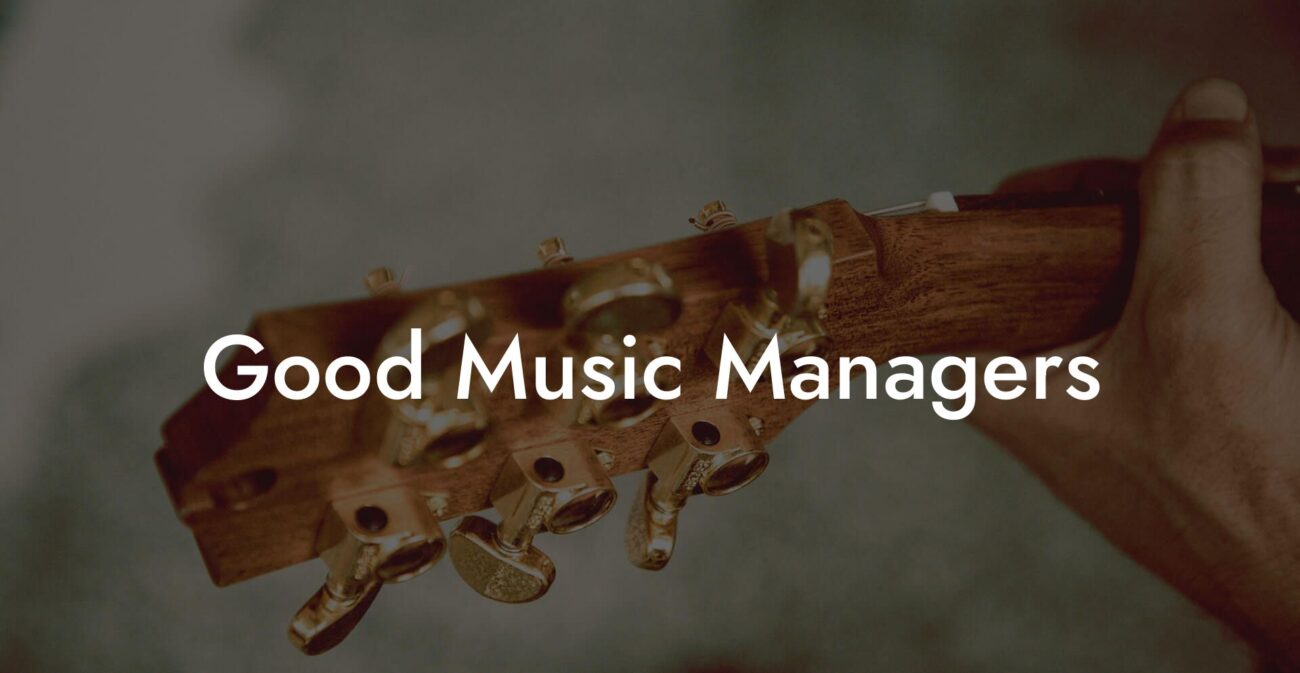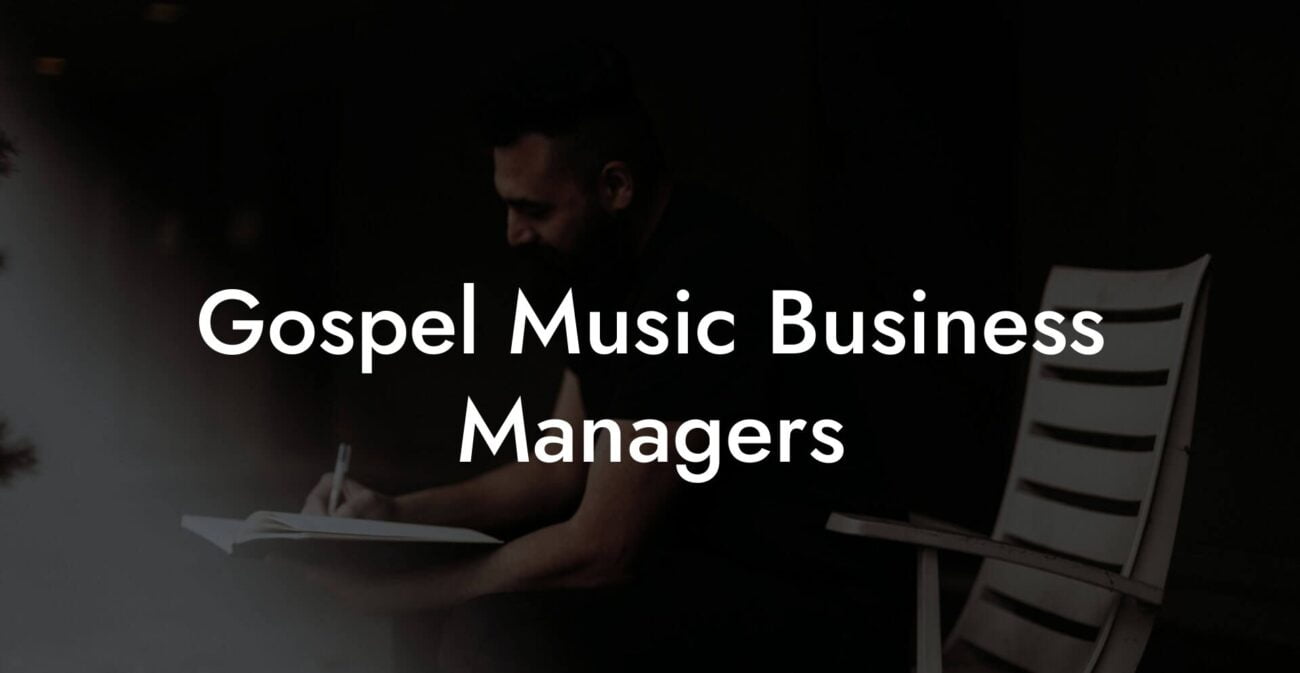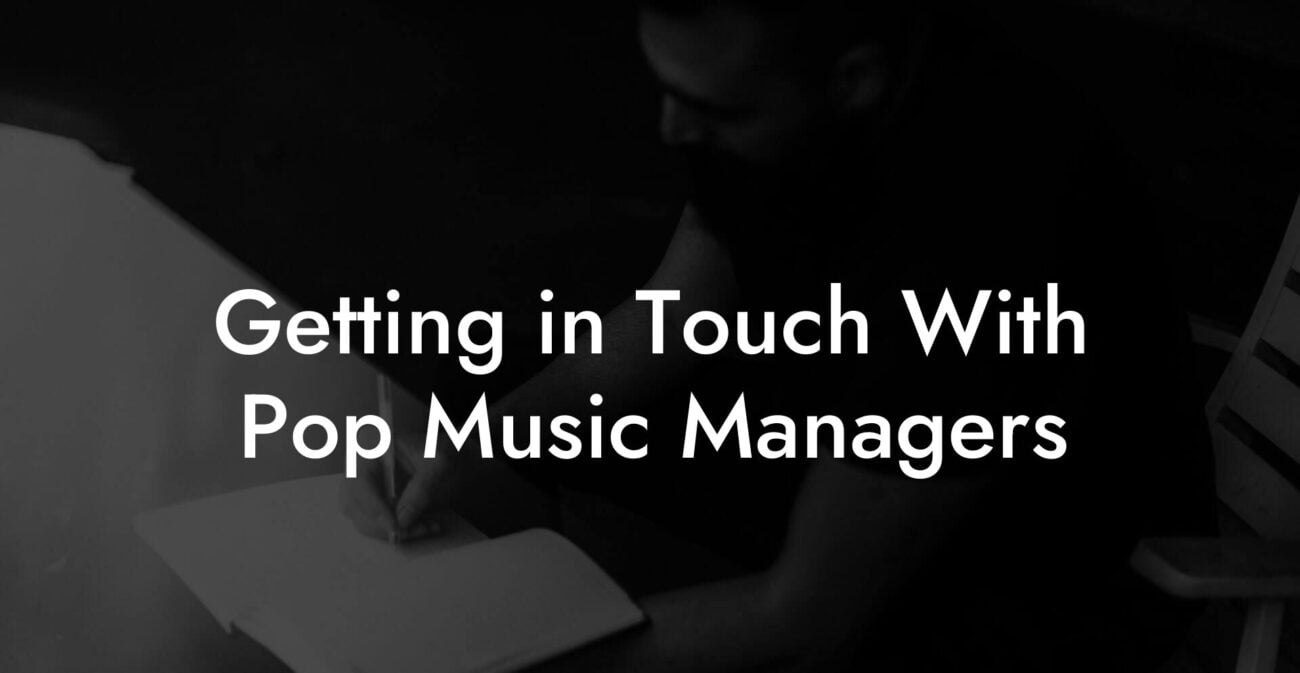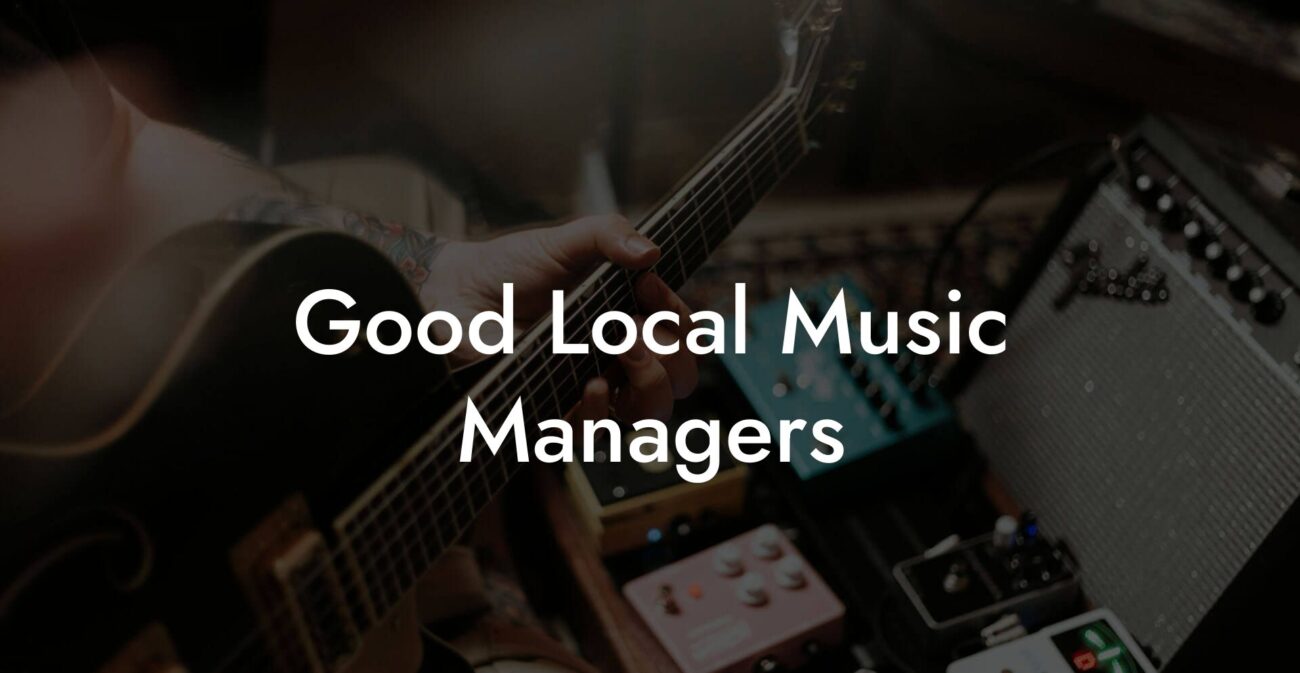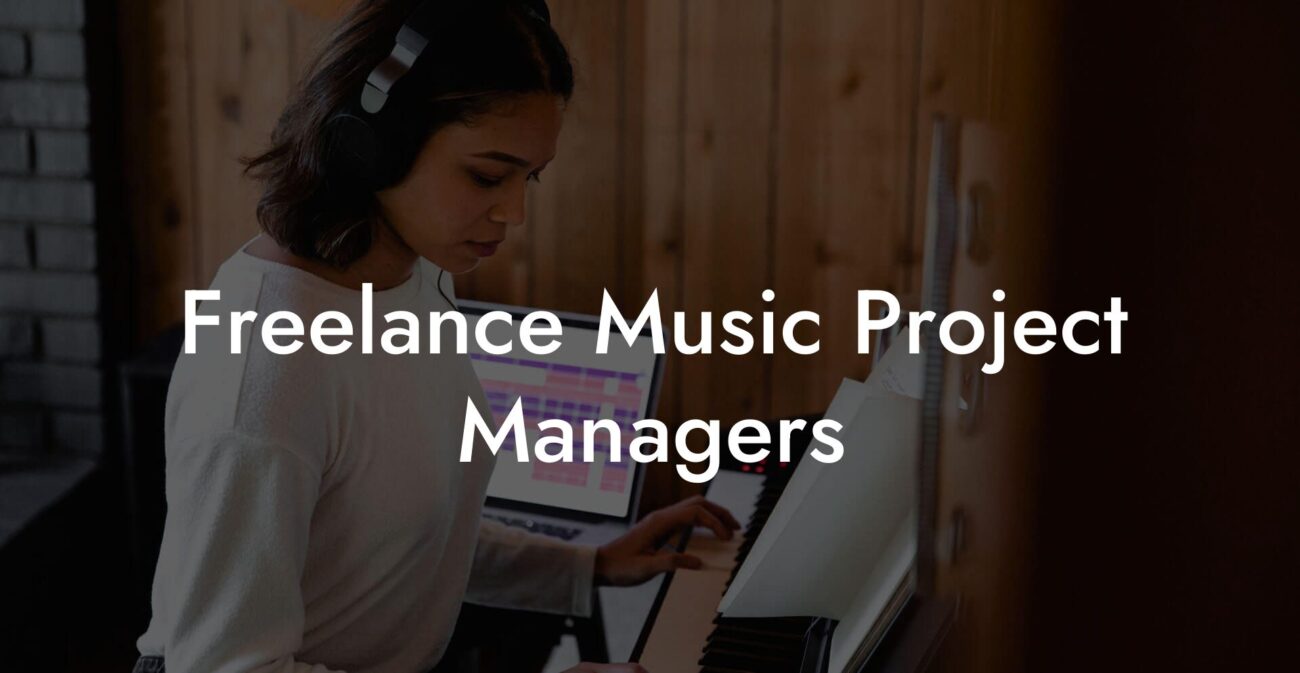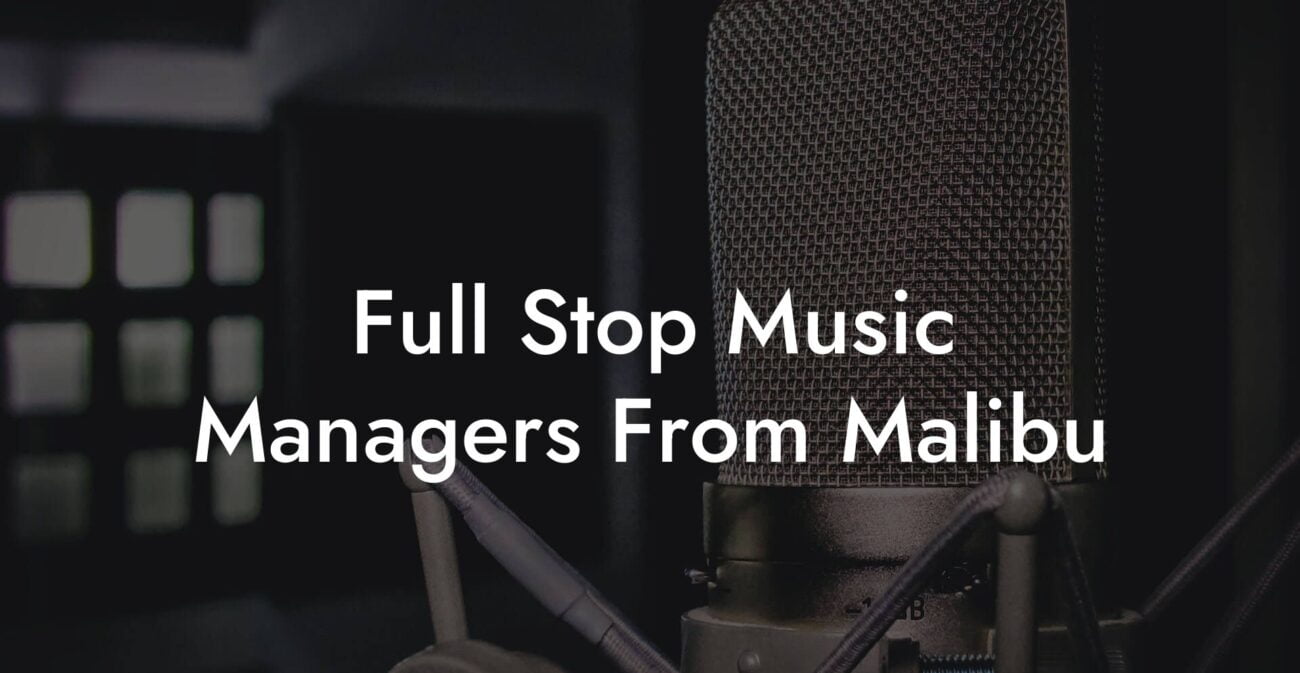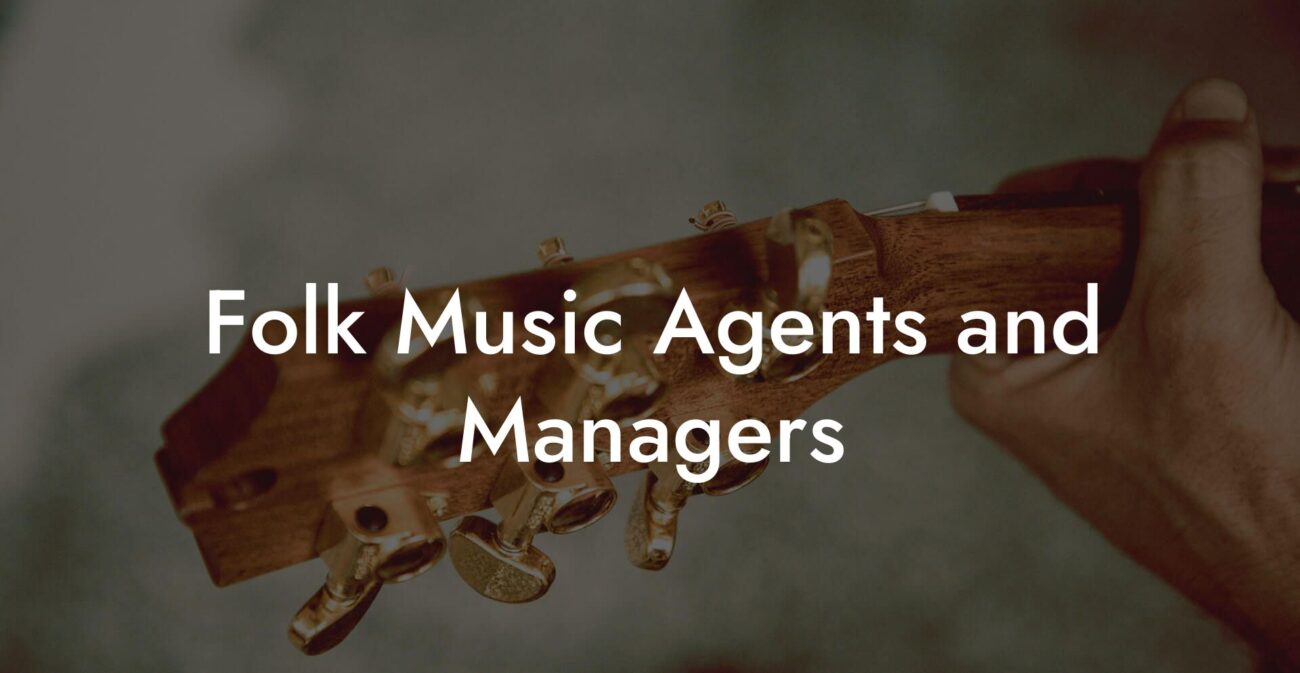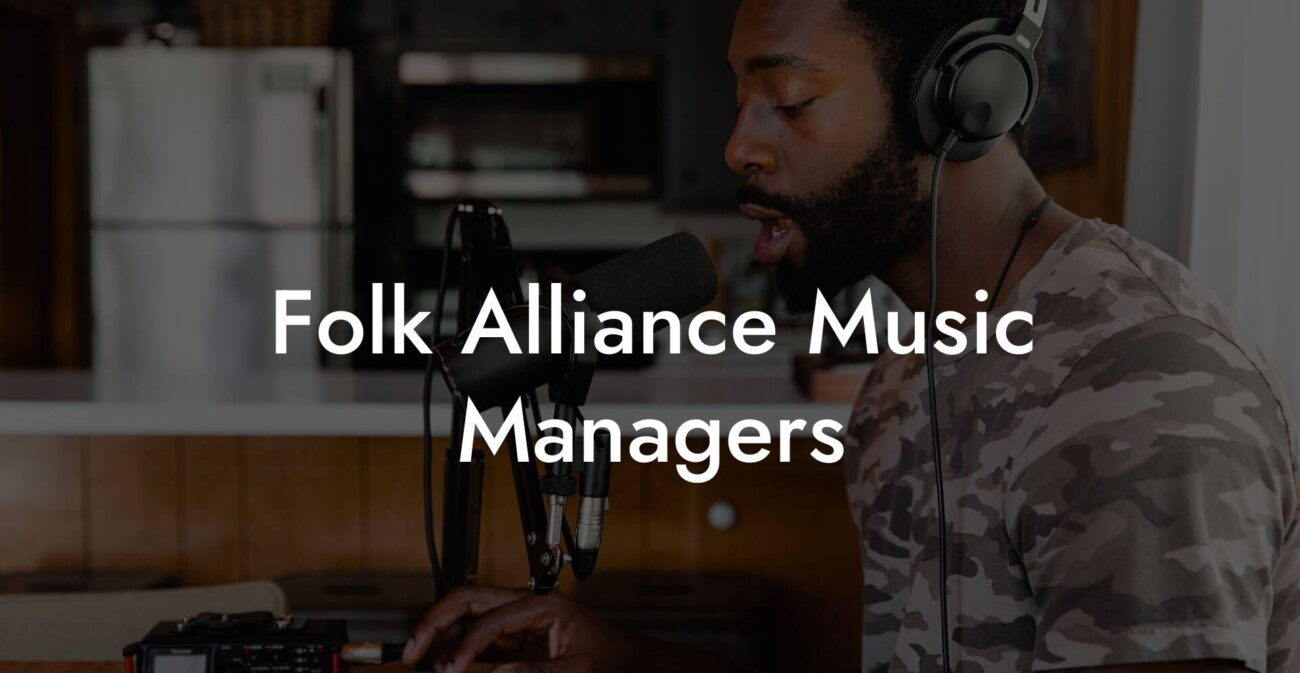Songwriting Advice
How To Make A Music Video
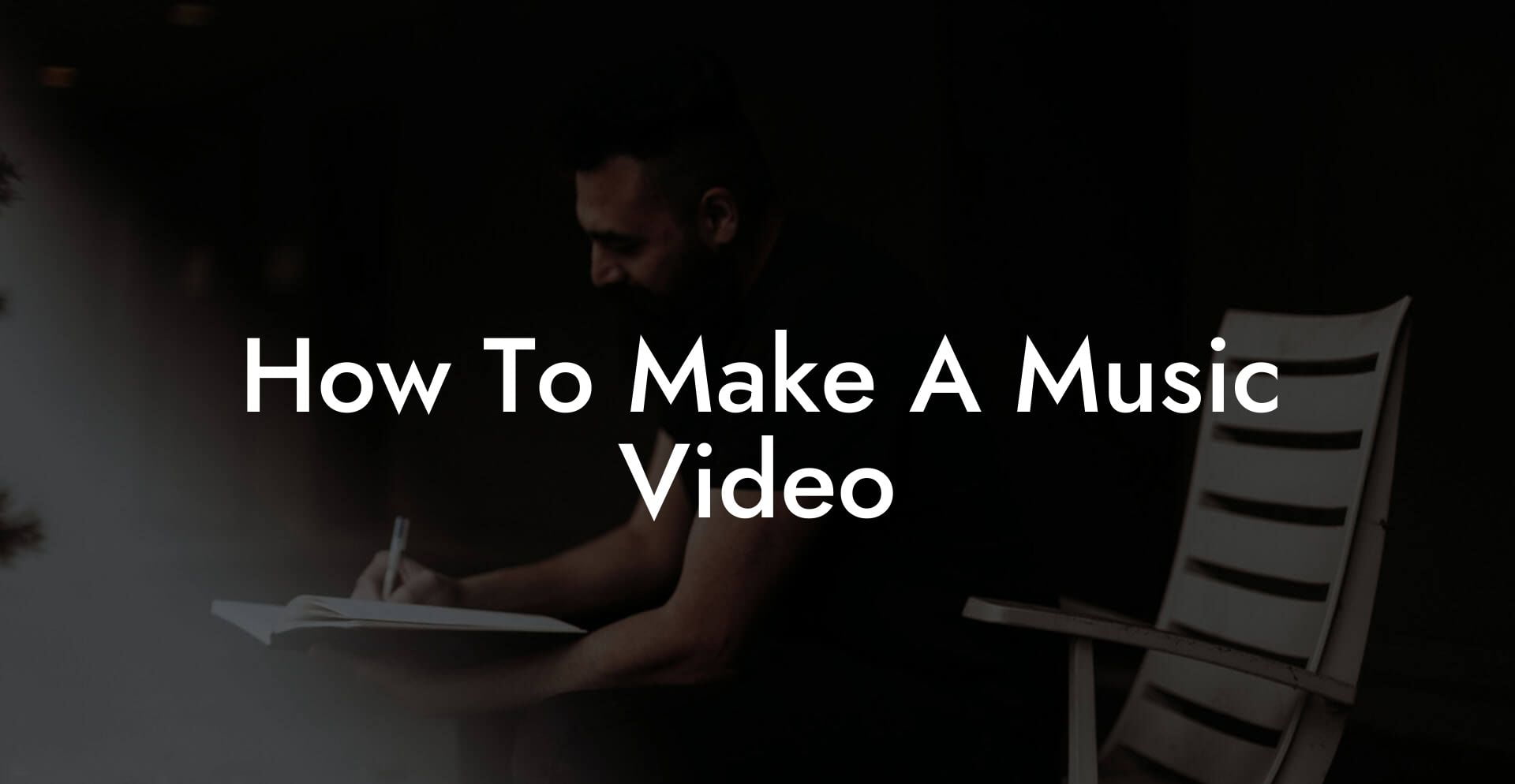
You want a music video that grabs attention on first sight. You want imagery that feels cinematic but does not cost your firstborn. You want a plan that turns chaos into content and friends into a competent crew. This guide gives you the full playbook from idea to upload and beyond. Read this like your career depends on it because sometimes it will.
Quick Interruption: Ever wondered how huge artists end up fighting for their own songs? The answer is in the fine print. Learn the lines that protect you. Own your masters. Keep royalties. Keep playing shows without moving back in with Mom. Find out more →
Quick Interruption: Ever wondered how huge artists end up fighting for their own songs? The answer is in the fine print. Learn the lines that protect you. Own your masters. Keep royalties. Keep playing shows without moving back in with Mom. Find out more →
Quick Links to Useful Sections
- Why You Need A Music Video And Not Just A Lyric Clip
- One Sentence Creative Brief
- Pre Production: The Part No One Loves But Everyone Needs
- Key Documents To Create
- Basic Budget Tiers With Real Life Examples
- Permits, Releases, And Legal Stuff Explained Without Law Nerd Speak
- Gear Choices Without The Technical Headache
- Cameras
- Lenses
- Basic Lighting
- Stabilization and Movement
- Audio and Playback
- Designing Shots That Serve The Song
- Shot List Template
- Coverage Explained
- Storyboarding Without Drawing Skills
- Directing The Talent And Non Actors
- Eye Line And Continuity Tips
- On Set Safety And Etiquette
- Editing Workflow That Saves Your Sanity
- Step by step editing workflow
- Editing Tips For Music
- Color Grading Basics Explained For Humans
- Export Settings For Upload Platforms
- Make Vertical Edits For Social Platforms
- Thumbnail, Metadata, And YouTube Optimization
- Release Strategy That Does Not Rely On Luck
- 30 Day Launch Checklist
- Promotion Tactics That Actually Work
- Common Mistakes And How To Avoid Them
- Examples Of Concepts You Can Steal And Make Yours
- Single location, character study
- Performance montage with thematic inserts
- Dance or movement piece
- Checklist For The Day Of Shoot
- How Much Time Should You Spend Shooting
- Real Life Troubleshooting
- Action Plan You Can Use Right Now
- Music Video FAQ
This is written for artists who care about their image and their budget. We will cover idea generation, pre production planning, budgets that do not suck, gear choices, lighting basics, camera settings explained without nerd speak, shot lists, storyboards, directing tips, on set etiquette, editing workflow, color grading basics, export settings, and a promotion plan that actually moves streams. Every term and acronym gets a plain English definition. Real world examples appear like snacks you can bite into and steal.
Why You Need A Music Video And Not Just A Lyric Clip
A lyric clip can be useful for quick releases. A music video tells a story about who you are and what your sound looks like. Videos perform on YouTube, Instagram, TikTok, and playlists. A strong visual identity helps playlists, sync opportunities, and press. If a label sees you, they will remember the video before the MP3. Think of a music video as your sonic business card that moves.
Real life scenario
- You drop a single and two months later a small music blog reaches out because the music video made them feel something specific. They share it. Plays spike. Someone on a sync team sees it and asks for the stems. You did not plan this, but you are ready because you made a video that communicated who you are.
One Sentence Creative Brief
Before a single light is rented, write one sentence that describes the video feeling and one sentence that describes the story. Make them short. Make them bite size. These lines will become your compass on set.
Examples
- Feeling: Late night city energy with a small film camera vibe. Story: An argument that ends with two people sharing a cigarette and not talking.
- Feeling: Bright hyperpop chaos with neon colors. Story: You throw a fake party with props that reveal you are throwing it for yourself.
Pre Production: The Part No One Loves But Everyone Needs
Pre production is planning everything before you leave the house. That includes concept, location, permits, crew, gear, schedule, wardrobe, props, and safety. Treat this like booking a tour. The more organized you are, the less your friends will cry on set.
Key Documents To Create
- Creative brief. One sentence feeling and one sentence story. Moodboard. Three reference videos. Runtime target.
- Storyboard or shot list. You can use a storyboard with drawings or a plain text shot list that maps camera angles to lyrics. Both work.
- Call sheet. A schedule that lists time, location, who needs to be where, and emergency contact info. Think of it as the day plan for humans.
- Budget sheet. Line items for crew, food, permits, props, transport, equipment, and contingency. Contingency means extra money in case the universe laughs at you.
- Release forms. Talent release for people who appear on camera and location release when you shoot on private property. No release no upload without problems.
Basic Budget Tiers With Real Life Examples
Budget categories are useful even if you have no money. Here are three tiers with example line items.
Micro budget
Budget example: $0 to $500
- Location: Friend apartment or public park with no permit needed. Permission recommended.
- Crew: You and two friends. Roles shared. One person acts as camera operator. One person handles sound and phone lights.
- Gear: Phone or a borrowed mirrorless camera. One cheap LED light. Basic tripod. Gaffer tape for dignity.
- Food: Pizza. Always buy pizza.
- Why it works
- Authenticity. Real people, real settings, energy. Good for indie visuals and TikTok style clips.
Mid budget
Budget example: $500 to $5,000
- Location: Rent a cool apartment or small studio for a day.
- Crew: Director of photography, one grip, one PA, makeup artist on call.
- Gear: Proper mirrorless or DSLR, a couple of lenses, LED panels, small stabilizer like a gimbal, lavalier mic for ambient sound if you care.
- Extras: Wardrobe budget, props, permit if needed, craft services that feel like love not glue.
Pro budget
Budget example: $5,000 plus
- Location: Multiple locations with permits and parking passes.
- Crew: Full crew including director, DP which stands for director of photography, gaffer which is the lighting chief, key grip which handles rigging, production coordinator, makeup and hair, stylist, and PAs which stands for production assistants.
- Gear: High end cameras, vintage lenses, grip truck, lighting packages, Dolly or crane, sound recordist.
- Why it works
- Speed, polish, and safety for complicated stunts or complex lighting moves.
Permits, Releases, And Legal Stuff Explained Without Law Nerd Speak
Every city has rules for filming in public. A permit is permission from a city or a private owner to film in a place. A location release is a signed permission from a private owner to use their property on camera. A talent release is a signed form where a person on camera says you can use their image. Get releases. They cost pennies compared to drama later.
Real life scenario
- You film in a coffee shop without a release. The owner sees ten copies of your video and demands payment after the video gets traction. You are now negotiating over a latte and a lawsuit. Avoid this mess.
Gear Choices Without The Technical Headache
You do not need the most expensive camera to make viewers care. You need control over focus, exposure, and color. Below are gear categories and why they matter.
Cameras
- Phone cameras. Modern phones make excellent imagery. Use manual exposure apps for control. Stabilize with a small gimbal or tripod. Record in the highest quality your phone allows. Tip: Use the native camera app for best stabilization unless a manual app gives you needed control.
- Mirrorless or DSLR cameras. They offer larger sensors and interchangeable lenses. Useful for shallow depth of field and low light. Popular affordable models come from Sony, Canon, and Nikon.
- Cinema cameras. Professional devices that capture RAW files with lots of latitude for color grading. Use when you have post production support and budget.
Lenses
Think of lenses as the personality of your image. Wide lenses capture more environment and feel energetic. Tight lenses compress space and feel intimate. Prime lenses which are fixed focal length lenses such as 35 millimeter or 50 millimeter often give better low light performance and sharper images compared to kit zoom lenses.
Basic Lighting
Light makes everything look good. You do not need a studio of lights. Start with one key LED panel, one fill source like a bounce or another LED, and one backlight to separate subject from background. Soft light is flattering. Hard light creates drama. Learn how to control shadow with a scrim or a sheet of diffusion.
Stabilization and Movement
- Tripod. For locked shots and interviews.
- Gimbal. For smooth moving shots that feel cinematic. Practice walking techniques to avoid a bobble.
- Slider. Small left to right moves that feel professional. Use sparingly.
Audio and Playback
For lip sync videos you will play the song on a speaker on set and have the performer lip sync to it. For live performance videos you will record audio directly from the board or using an interface for best quality. If you record a live vocal performance capture the direct feed and a room mic for ambiance. Sync them later in editing.
Designing Shots That Serve The Song
A music video is a sequence of shots that must be interesting and emotionally aligned with the music. Break the song into moments and assign visual moves to those moments. Use this structure to create your shot list.
Shot List Template
- Intro music 0 00 to 0 20 Seconds: Establishing shot. City skyline with handheld movement. Two shots. Wide then medium.
- Verse 1 0 20 to 0 50 Seconds: Close ups of the artist doing small actions. Walk and look down camera. One two shot of friend in background blurred.
- Pre chorus 0 50 to 1 00 Minutes: Quick cut inserts of objects. Cigarette lighter. Door closing. Hand on a car door.
- Chorus 1 00 to 1 30 Minutes: Full performance. Wide to medium to close up coverage. Add one moving camera shot for energy.
- Bridge 2 00 to 2 20 Minutes: Reverse the color or add black and white. Use a single continuous take for intimacy.
- Outro Final Chorus 2 50 to 3 20 Minutes: Montage of earlier shots edited faster with additional overlays.
Coverage Explained
Coverage means shooting multiple versions of the same moment so you can edit the best flow. For a chorus you might want a wide shot of the band, a medium of the lead singer, and two close ups for emotional detail. Coverage gives you options in post production.
Storyboarding Without Drawing Skills
If you cannot draw stick figures do not panic. A storyboard can be a sequence of still photos, screenshots from reference videos, or short descriptions of camera moves. The goal is to communicate visual intention to your crew. Use blank boxes and write a line under each box describing lens choice, movement, and duration.
Directing The Talent And Non Actors
Directing people is part therapist and part traffic cop. If a person is not an actor, keep directions simple. Show not tell. Give a mood instead of a line reading. For example say sing like you are lying to your best friend. For extras give them small tasks. If they know exactly what to do they will make better choices and the set will be calmer.
Eye Line And Continuity Tips
- Mark foot positions with tape so actors land in the same place when you cut between angles.
- Note props positions in your shot list so nothing jumps between cuts.
- Record reference video of action before covering it with different setups so you can match movement in post.
On Set Safety And Etiquette
Respect is free and prevents disasters. Feed your crew. Keep a first aid kit. Allocate a person to handle waste and recycling. If you film stunts hire a pro and an insurance policy for a day of work. Avoid risky setups that involve heights, vehicles, or open water unless you can afford safety and permits.
Editing Workflow That Saves Your Sanity
Editing is where your video becomes a story. Use a clean workflow. Organize your media. Back up constantly. The following steps are a practical workflow for long edits.
Step by step editing workflow
- Ingest and back up media to two drives. Ingest means copy files from camera cards to your editing system and backup drive.
- Create a project and import media. Use folders for footage, audio, graphics, and music stems which are component parts of the song such as vocals or drums.
- Sync audio if you recorded external audio. Most editing software can sync by waveform which aligns the recorded audio to the reference playback that was filmed.
- Rough cut. Build the structure following your shot list and the song. Do not worry about perfect cuts yet. Focus on timing and story beats.
- Fine cut. Trim frames, adjust cuts for beat placement, and refine pacing. Use short cuts on energetic parts and longer shots for emotional moments.
- Add color grade. Basic correction first to match shots. Then create a grade that supports mood. A LUT which stands for lookup table is a preset that gives a color look and can speed this process.
- Export and compress for uploading in the proper codec and resolution.
Editing Tips For Music
- Cut on the beat for a musical feeling. Not every cut must be on the beat. Use off beat cuts for a nervous energy.
- Use B roll to cover jump cuts in interviews or to add texture during instrumental sections. B roll is supporting footage that is not the main action.
- Keep the vocal moments clear. If you are doing a performance video, avoid visual chaos that hides the vocalist during the chorus.
Color Grading Basics Explained For Humans
Color grading is the process of giving your video a consistent look and mood. First you do color correction which fixes exposure and white balance so shots match. Then you grade for style. Warm tones feel nostalgic. Cold tones feel lonely or edgy. Use a subtle grade. Overcooked color looks like a beauty filter from 2012.
Term explained
- LUT. A lookup table is a preset that maps color values to a new set of values for a quick look. Think of it like a filter that you can tweak rather than an Instagram effect.
- RAW. Shooting RAW means the camera records a lot of data with more flexibility for grading. RAW files are large and need more storage and processing power.
Export Settings For Upload Platforms
Every platform has slightly different sweet spots. Here are general settings that work well across platforms.
- Codec: H 264 if you want small files. H 265 gives better compression but is not supported everywhere. Use H 264 for maximum compatibility.
- Resolution: Upload in the highest resolution you have. 4K is great if your camera supports it and you have the bandwidth. If not use 1080p which is full high definition.
- Frame rate: Match what you shot. If you filmed at 24 frames per second use 24 frames per second. 24 feels cinematic. 30 feels TV like. 60 is for high motion and slow motion when you interpret it back to 24 or 30 later.
- Bitrate: Use a high bitrate for quality. Many editing apps have recommended presets for YouTube or Vimeo.
Make Vertical Edits For Social Platforms
Do not rely on one aspect ratio. Make vertical edits for phones and TikTok. Reframe your source footage by focusing on the subject and using scale and position to create a phone friendly crop. Vertical content gets more plays and drives streaming numbers.
Thumbnail, Metadata, And YouTube Optimization
Your video needs a thumbnail that pops and metadata that helps algorithms find it. Think of the thumbnail as the billboard on the internet. Use bold text sparingly, make the face visible if there is one, and create contrast. On metadata include the artist name, song title, and the word official video in the title. Use keywords in the description and add time stamps so viewers can jump to sections such as behind the scenes.
Terms and acronyms explained
- SEO. Search engine optimization. For YouTube it means using relevant words in your title, description, and tags so your content surfaces for people who search.
- CTA. Call to action. Tell viewers what to do like stream the song on Spotify, follow your IG, or pre save the next single.
Release Strategy That Does Not Rely On Luck
Plan your release like a tour. Build momentum by releasing teasers, behind the scenes, vertical cuts, and a premiere event. Use a calendar. The week of release should include a premiere on YouTube where fans can chat live. Consider paid ads targeted to fans of similar artists. Reach out to blogs, playlists curators, and influencers with a short press kit and a clear ask.
30 Day Launch Checklist
- 30 days out: Finalize video and thumbnail. Create 15 and 60 second teasers.
- 21 days out: Build press list and social plan. Create vertical edits for TikTok and Instagram Reels.
- 14 days out: Share BTS and rehearsal clips. Start countdown content with daily stories.
- 7 days out: Send video to playlists and blogs. Schedule YouTube premiere and set up end screens and cards.
- Day of release: Premiere with a live chat. Post vertical edits and encourage fans to share. Thank people on stories and tag collaborators.
- 7 days after: Release a remix or acoustic cut to extend the shelf life.
Promotion Tactics That Actually Work
Promotion is content multiplied. Give your audience new reasons to share. Chop the video into snackable content. Post a choreography clip if you have one. Make a challenge. Show the blooper reel. Sell the story not the product.
Real life example
- A band drops a cinematic video and then posts a vertical edit that highlights a single hook. The clip goes viral on a music related TikTok for a week which results in a spike in Spotify playlist adds. The band rides the momentum by releasing an acoustic version two weeks later and getting playlist placement from smaller independent curators who saw the engagement numbers.
Common Mistakes And How To Avoid Them
- No plan. Fix by making a one page brief with three reference videos and a shot list.
- Too clever with abstract imagery. Fix by ensuring at least 30 percent of the video connects directly to the lyric or the chorus so casual viewers know what the song is about.
- Poor audio sync. Fix by recording reference playback on set and using waveform syncing in your editing software.
- Ignoring vertical formats. Fix by making a vertical edit for phones before you release the main video.
- No releases. Fix by using simple online templates for location and talent releases and getting signatures before filming.
Examples Of Concepts You Can Steal And Make Yours
Single location, character study
One apartment. One character. A single continuous take or multiple cuts that show descent into a memory. Low gear but high emotional stakes. Use props that tell backstory meaningfully like a cracked photograph or a grocery receipt with a date.
Performance montage with thematic inserts
Band playing in a warehouse intercut with small story images that echo the lyric. Use colored gels in lighting to separate sections and create a signature color for the chorus.
Dance or movement piece
Choreography that becomes the hook. Great for social platforms because it is easy to recreate and encourages sharing. Make a shorter tutorial clip to teach the moves to fans.
Checklist For The Day Of Shoot
- Camera batteries charged and spares
- Memory cards formatted and labeled
- Charged phone with music playback queued in airplane mode
- Gaffer tape, multi tool, and first aid kit
- Call sheet printed and distributed
- Talent releases ready to sign
- Food and water for the crew
- Trash bags and cleaning supplies
How Much Time Should You Spend Shooting
Time equals options. A small music video can be shot in one day with smart planning. Two day shoots give you breathing room and better coverage. If you are trying multiple locations or complicated moves plan for two to three days. Remember that editing takes longer than shooting. Do not rush the capture unless your budget forces you to. Rushing on set burns creative energy and breaks people.
Real Life Troubleshooting
Problem: Weather ruined the outdoor scene. Solution: Have a backup interior location or plan to capture controlled inserts later. Sometimes overcast light is fine. Sometimes it is a vibe change. Adapt your grade to match the new light or lean into the change as a story beat.
Problem: A key prop is lost. Solution: Use a similar object and shoot tight. If it is a signature prop attempt to source a replacement locally. If no replacement is possible rewrite a small bit of action so the prop is not central to the beat.
Problem: Talent is late. Solution: Start with shots that do not require the talent like establishing shots or B roll. Keep the schedule flexible for the first hour if you can.
Action Plan You Can Use Right Now
- Write your one sentence feeling and one sentence story. Keep it short and repeat it to yourself like a mantra.
- Create a one page shot list that maps song sections to visual moves. Use no more than ten shot ideas total for a micro budget video.
- Decide your budget tier and make a basic budget sheet. Add a contingency of at least ten percent if possible.
- Book a location and get a simple location release. Book one friend as DP and one friend as PA. Buy pizza for your crew.
- Prepare a call sheet and release forms. Pack batteries, cards, and a spare light and tape.
- Shoot with coverage. Get wide, medium, and close up for each performance section. Get at least three B roll shots to cover edits.
- Edit with a clear workflow. Back up your project first. Create a vertical edit for social and a full aspect ratio version for YouTube.
- Upload with a strong thumbnail, relevant metadata, and a premiere plan. Share teasers and behind the scenes content to build momentum.
Music Video FAQ
Do I need a permit to film in public
Not always. Small setups in many cities are allowed without a permit if you are unobtrusive. Anything that impacts traffic or uses crew larger than a few people usually requires a permit. Check your local film office and when in doubt get permission from property owners. A permit keeps you out of trouble and makes insurance easier to arrange.
Can I shoot a music video on my phone and look professional
Yes. Modern phones have great sensors and cameras. Use manual exposure control if possible. Stabilize with a gimbal or tripod. Shoot in the highest quality available and record audio if needed on a separate device. Pay attention to light and lenses. You can get cinematic results with planning and composition.
What is the best frame rate for a cinematic look
Twenty four frames per second is the traditional cinematic frame rate. It reads as film to most viewers. Use thirty frames per second for a cleaner TV feel and higher frame rates like sixty for smooth motion or for slow motion when you interpret footage later.
How long should a music video be
Match the length of the song usually. Videos often mirror the radio edit of the track. For social teasers create shorter one minute or thirty second edits. Attention spans are short so get to the chorus early in teasers.
What is a LUT and should I use one
A LUT is a lookup table that applies a color conversion to your footage to achieve a specific look quickly. They are a starting point. Use them as a foundation and adjust exposure and skin tones manually. A LUT alone will not fix bad exposure or inconsistent shots.
How do I get views on YouTube
Optimize your title and description with keywords. Use a bold thumbnail and upload at peak times. Use the premiere function to gather fans and encourage early engagement. Create vertical teasers for social and make sure your video appears in playlists. Collaboration with creators and targeted ads can also help boost views early which signals the platform to distribute your content more widely.
Do I need a professional editor
Not always. Many artists edit their own videos. A professional editor brings speed and craft especially for complex cuts or grade. If your budget is tight learn basic editing and hire a pro for color or a polish pass. Trade work with friends who edit to save money if possible.
Should I upload the highest quality file I have
Yes. Upload the best quality you have. Platforms will compress but they prefer higher quality sources to create better final assets. Keep a master file in case you need to re export for future uses or remasters.


